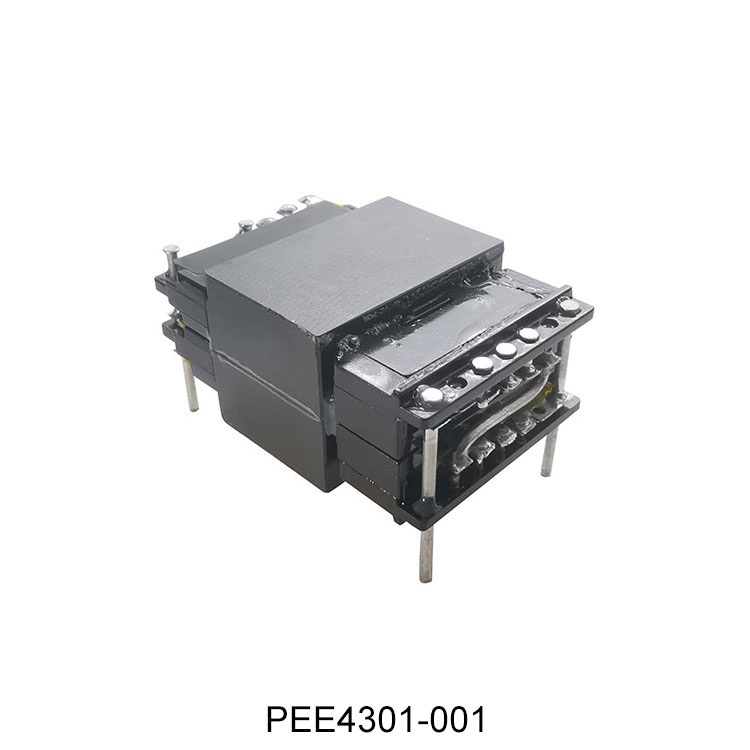 English
English Français
Français  日本語
日本語  Deutsch
Deutsch  한국어
한국어  русский
русский  Español
Español  Português
Português  tiếng Việt
tiếng Việt  Italiano
Italiano  Nederlands
Nederlands  ภาษาไทย
ภาษาไทย  Polski
Polski  Svenska
Svenska  magyar
magyar  Malay
Malay  বাংলা ভাষার
বাংলা ভাষার  Dansk
Dansk  Suomi
Suomi  हिन्दी
हिन्दी  Pilipino
Pilipino  Türkçe
Türkçe  Gaeilge
Gaeilge  العربية
العربية  Indonesia
Indonesia  Norsk
Norsk  تمل
تمل  český
český  ελληνικά
ελληνικά  український
український  Javanese
Javanese  فارسی
فارسی  தமிழ்
தமிழ்  తెలుగు
తెలుగు  नेपाली
नेपाली  Burmese
Burmese  български
български  ລາວ
ລາວ  Latine
Latine  Қазақша
Қазақша  Euskal
Euskal  Azərbaycan
Azərbaycan  Slovenský jazyk
Slovenský jazyk  Македонски
Македонски  Lietuvos
Lietuvos  Eesti Keel
Eesti Keel  Română
Română  Slovenski
Slovenski  मराठी
मराठी  Srpski језик
Srpski језик
What is the difference between internet and Ethernet?
Internet and Ethernet are two distinct concepts related to computer networking, but they serve different purposes and operate at different levels of the network infrastructure. Here are the key differences between internet and Ethernet:
1、Definition:
Internet: The internet is a global network of interconnected computer networks that allows millions of devices worldwide to communicate and exchange information. It is a vast network of networks, and it enables access to a wide range of services and resources, including websites, email, file sharing, streaming, and more.
Ethernet: Ethernet, on the other hand, is a specific networking technology used for local area networks (LANs). It defines the physical and data link layers of the network stack and provides a method for devices within a local network to communicate with each other. Ethernet is typically used to establish wired connections between devices using Ethernet cables.
2、Scope:
Internet: The internet spans the entire globe, connecting networks of all types, sizes, and geographical locations. It is a public network that allows devices and networks across the world to communicate and share information.
Ethernet: Ethernet is a local network technology used for connecting devices within a limited geographical area, such as a home, office, or data center. It is not intended for connecting devices across large distances like the internet.
3、Connectivity:
Internet: The internet allows devices from different networks and locations to connect and communicate with each other. Devices on the internet can be located anywhere around the world.
Ethernet: Ethernet provides connectivity within a local network only. Devices connected via Ethernet cables can communicate with each other within the same LAN but cannot directly communicate with devices outside the local network unless they have a connection to the internet.
4、Physical Media:
Internet: The internet does not specify a particular physical medium for communication. It uses various transmission technologies, including fiber optics, satellite links, wireless technologies, and undersea cables, to connect networks globally.
Ethernet: Ethernet uses physical cables, such as twisted-pair copper cables or fiber optic cables, to connect devices within a local network. It relies on a wired infrastructure for communication.
5、Protocol:
Internet: The internet operates based on the Internet Protocol suite (IP suite), which includes IP (Internet Protocol) for routing and addressing, TCP (Transmission Control Protocol) for reliable data transmission, and UDP (User Datagram Protocol) for connectionless data transmission.
Ethernet: Ethernet uses its own set of protocols for data link layer communication. Ethernet frames are used to encapsulate data and manage communication between devices on the same local network.
In summary, the internet is a vast global network of interconnected networks that enables communication and access to various resources across the world. Ethernet, on the other hand, is a local network technology used to connect devices within a limited geographical area, typically using physical cables. Ethernet is just one of the technologies used to facilitate local network communication, while the internet connects networks globally, allowing devices to communicate with each other regardless of their physical location.





